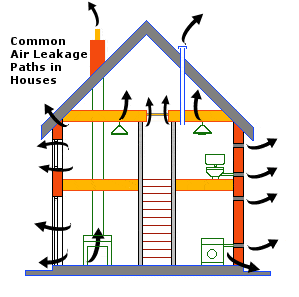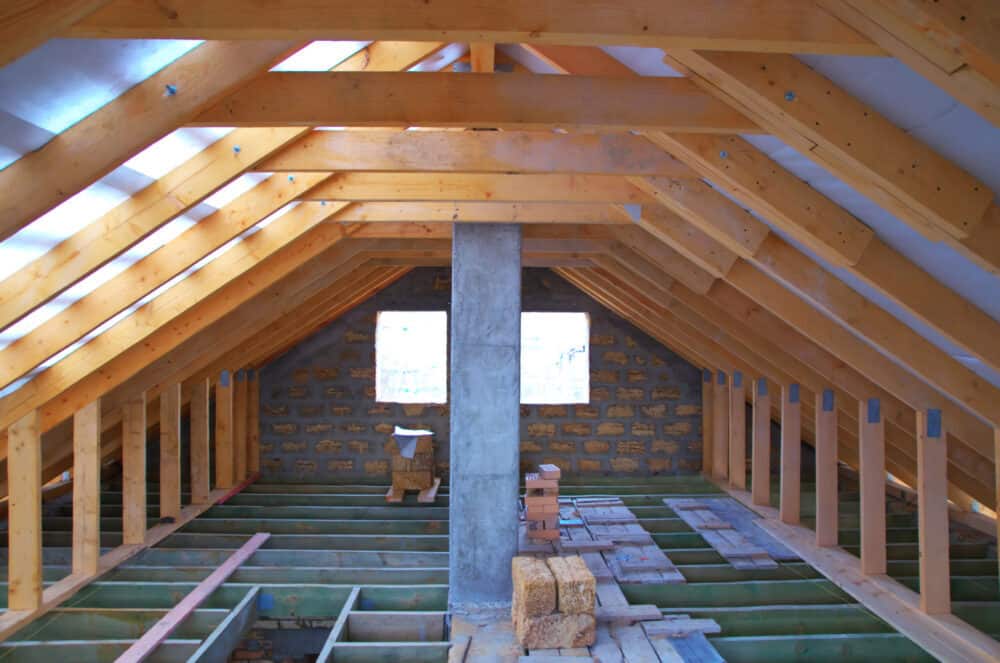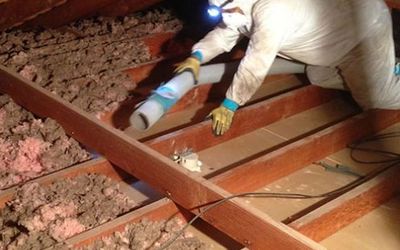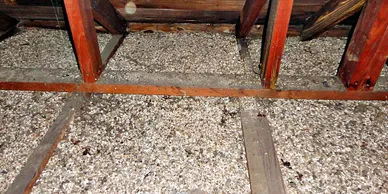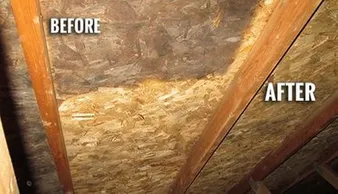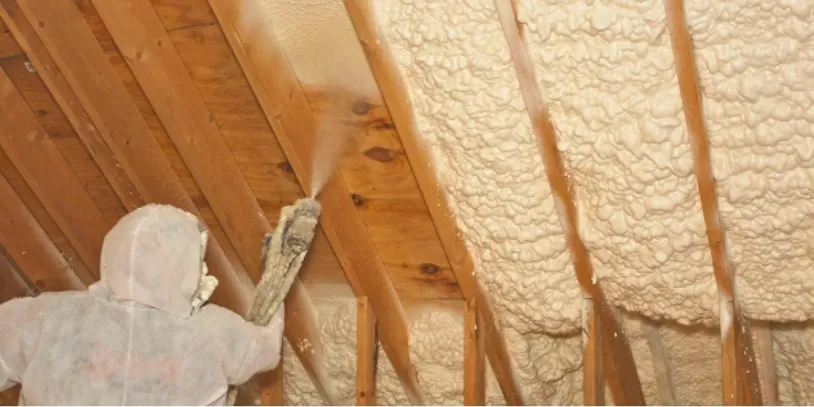About Us
We are an award-winning Dense-Pack Wall & Ceiling Insulation company specializing in residential Insulation installations & repairs. Call us now!





Dense-Pack Wall & Ceiling Insulation IN DOUBLE STUD WALLS OFFERS HIGH PERFORMANCE!
In 2005, Ontario designed and built Canada’s first Energy Star labelled home in Canada. This home was built with dense-packed (or dense-blown) cellulose as the wall insulation of choice. Their intent was to produce a better built home with the goal of creating “a proper balance between additional efficiency and price such that it would be attractive to future clients”.
Dense packing walls typically results in remarkable performance in the walls.
One of the most effective ways of dealing with existing uninsulated frame walls is to blow cellulose into the wall cavities. It is a popular and time-proven method of retrofitting insulation and is cost effective option for all houses. It is popular for good reason; it works very well.
Dense-Pack Wall & Ceiling Insulation does not eliminate the need for an air barrier in new construction. But in retrofit applications we often get so close that we can typically live without one. Besides, there are no other practical alternatives short of completely reconstructing the wall assembly. So “rock on” and dense pack walls. The approach is practical and cost effective.
The insulating value of cellulose is comparable to that of fiberglass batts; however, because cellulose is more resistant to airflow than fiberglass, it performs better. In a closed cavity, cellulose should be installed by the dense-pack method — that is, to a density of at least 3-1/2 lb. per cu. ft. When cellulose is installed in an existing building with empty stud cavities, it is usually blown through holes drilled in the exterior sheathing. This work typically requires the temporary removal of some of the building’s siding.
Wall Insulation – Don’t let your neighbors hear you!
Cellulose Is 80% Sound Proof Material which is Used for creating prefect sound barrier between floors or walls within different existing units in a residential/commercial building.
Cavities in a new home can be insulated using one of four methods:
- Damp-spray cellulose—a mixture of cellulose insulation and water—can be sprayed into the open wall cavities before drywall is installed.
- Dry cellulose can be installed through holes in air-permeable netting that has been stapled and sometimes glued over the interior face of the studs (photo left).
- Dry cellulose can be installed through gaps in the interior drywall.
- Dry cellulose can be installed through holes in rigid-foam insulation that has been installed on the interior side of studs or rafters.
Cavities in an old home can be insulated using one of two methods:
- Dry cellulose can be installed through gaps in the interior drywall.
- Dry cellulose can be installed through holes in rigid-surface like Plaster or Drywall that has been installed on the interior side of studs or rafters.
